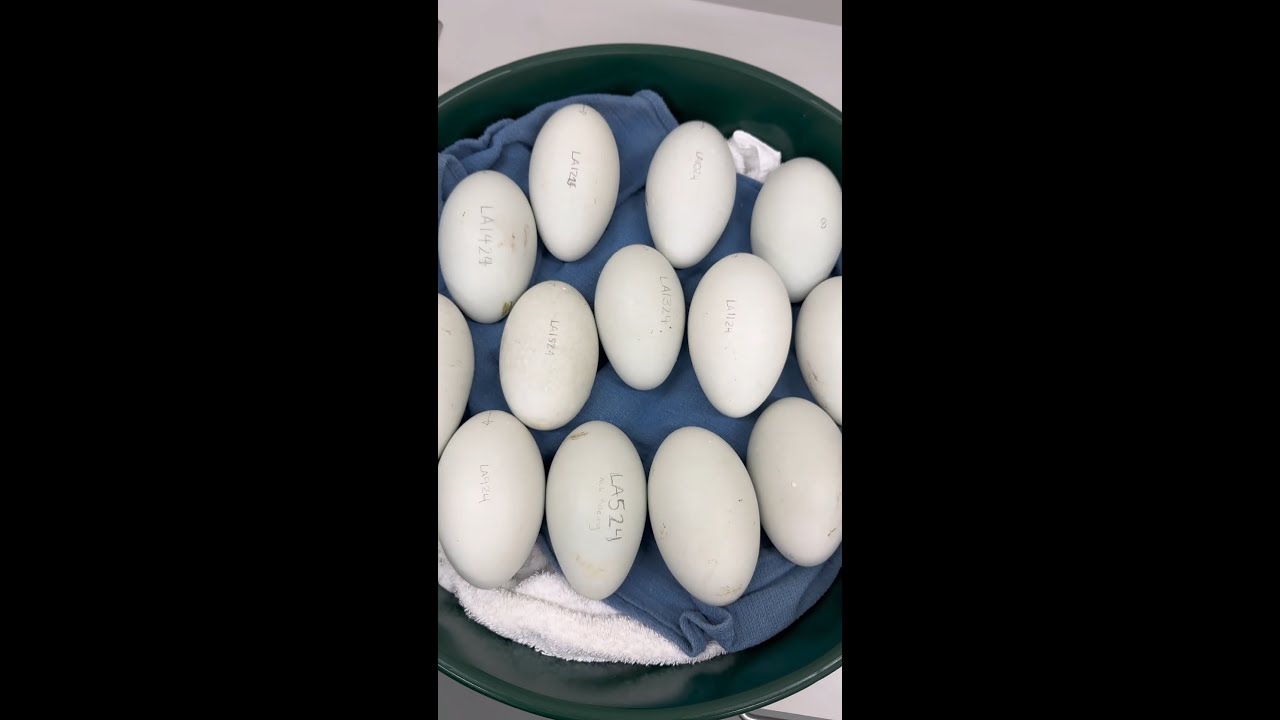– The critical status of the California condor and its significance in wildlife conservation
– Innovative efforts in zoo management contributing to the species’ recovery
– The role of technology and scientific research in monitoring and conserving California condors
– Collaborative conservation strategies between zoos, federal agencies, and nonprofit organizations
– Public education and involvement in the survival of endangered species like the California condor
The California condor, a majestic vulture species, is one of the world’s most iconic examples of successful conservation efforts. This bird, with its impressive wingspan and significant place in North American cultural heritage, has faced the brink of extinction. Yet, the species is writing a remarkable comeback story through rigorous scientific intervention and collaborative conservation strategies. This article delves into the multifaceted approach to the California condor recovery, highlighting advancements in zoo management, wildlife conservation, and the pivotal role of public education and engagement.
Its classification as a critically endangered species is at the core of the California condor’s precarious journey toward recovery. A mere few decades ago, their population numbers were so alarmingly low that the existing birds were taken into captivity in a bold move to save the species from extinction. This decision began one of zoology history’s most ambitious species recovery plans. The condor population has seen a slow but steady increase through captive breeding programs and meticulous health monitoring.
Zoo management has played a vital role in the recovery of the California condor, adopting cutting-edge practices that serve as a worldwide model for endangered species conservation. Zoos involved in the recovery program have developed specialized facilities designed to mimic the natural habitat of condors, aiding in the behavioral development crucial for their eventual release into the wild. These facilities also serve as research hubs, where scientists and zookeepers collaborate to better understand these birds’ health, behavior, and breeding patterns.
Technology and scientific research have become indispensable tools in tracking the progress and challenges facing the reintroduced condor populations. From GPS tracking devices to remote monitoring cameras, researchers can gather real-time data on the birds’ whereabouts, health, and breeding success. This technology provides invaluable insights into the condors’ interaction with their environment and identifies potential threats to their survival, such as lead poisoning from ingested ammunition in carrion.
The successful comeback of the California condor highlights the importance of collaborative conservation strategies. Federal agencies, non-profit organizations, and zoos have formed partnerships essential for the species’ recovery. These collaborations have facilitated sharing resources, expertise, and data critical to refining and implementing effective conservation plans. These entities have amplified their impact by working together, engaging in habitat restoration, advocating for policy changes to reduce threats to condors, and securing funding for ongoing research and conservation efforts.
Public education and involvement are critical in conserving endangered species like the California condor. Awareness campaigns, educational programs, and volunteer opportunities have been crucial in garnering support for condor conservation. Conservation organizations have mobilized a community of advocates who contribute to the species’ survival through donations, advocacy, and informed voting on environmental issues by informing the public about the threats facing condors and the efforts underway to save them.
The Egg-citing California Condor Update is a testament to nature’s resilience when supported by human ingenuity, collaboration, and commitment to conservation. Each recovery milestone achieved by this species underscores the potential for reversing the decline of endangered species through science-based strategies, innovative zoo management, and the collective will of the global community. As efforts continue, the California condor reclaims its skies, symbolizing hope for endangered species worldwide and the enduring power of concerted conservation action.
*****
Source Description
Look at all those eggs! 🥚 So far, the 11 breeding pairs of California condors at the LA Zoo have laid 19 eggs. In fact, 5 chicks have already hatched and more are on the way! The species is Critically Endangered, and every chick hatched through the California Condor Recovery Program (CCRP) pushes them closer to a self-sustaining wild population. To understand the importance of the program and the Zoo’s longstanding role, we need to remember 1982. California condor numbers had dwindled to just 22 individuals and the species was on the brink of extinction. The USFWS, in collaboration with L.A. Zoo and other partners, began an intensive breeding and reintroduction program. That program has been instrumental in substantially increasing the population to more than 550 birds today, with over 340 soaring in the wild. Most inspiring of all, the chicks hatched this year at the Zoo are candidates for release into the wild.
Learn more about the new hatchlings and the collaborative CCRP at https://bit.ly/3UlANCN
#LAZooCondorStories #CaliforniaCondor #Conservation


